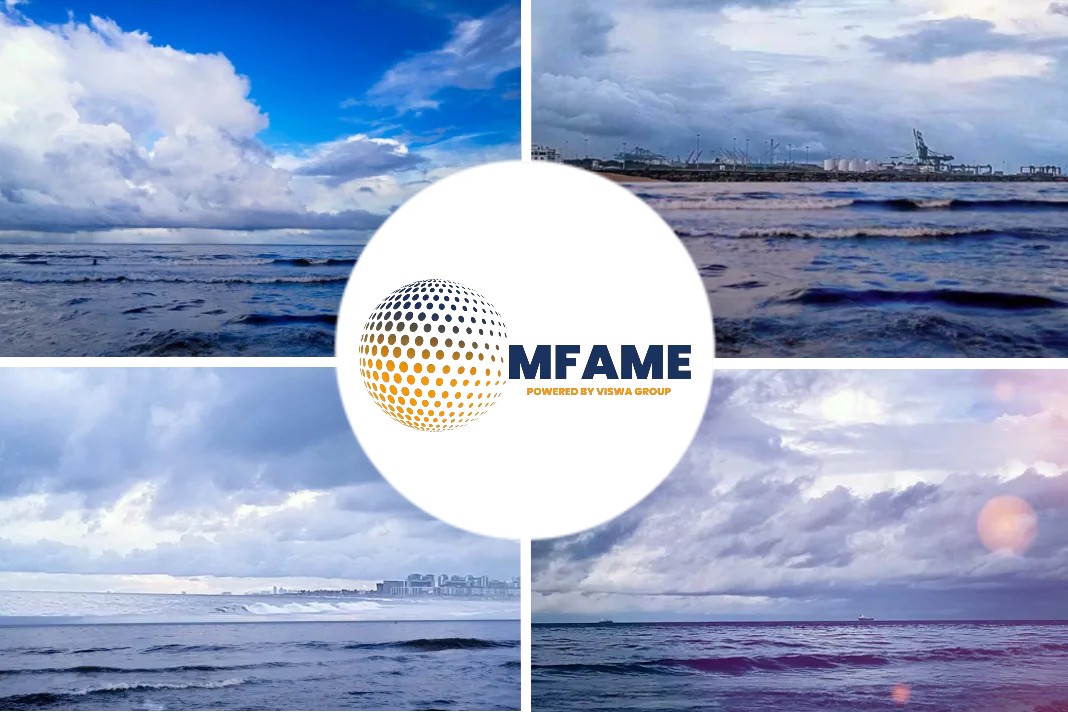- Leading independent oil storage companies highlight a growth in gas and chemicals storage over oil products tankage and the focus on fuel oil storage trends.
- The industry is in transition and the prediction is that it will be limited in October, moderate in November and then all hell breaks loose in December.
- In Singapore, bunker sales fell 10 % in the first half of 2019 year-on-year to 23.7mn tons as world trade slowed.
- The need for components to blend the new IMO 2020-mandated 0.5pc sulphur product (VLSFO) led dirty tankage occupation to remain high.
- Residual fuel storage in Singapore ended July at 16.9mn barrels, up from 16.2mn a year earlier and in contrast to declines in light products and middle distillate storage.
- Storage capacity in Singapore has grown only marginally over the last year from 11.8mn m³ to 12.1mn m³.
Market backwardation and IMO 2020 adjustments balance storage trends, reports Petroleum Economist.
The two countervailing trends
The Asia-Pacific oil storage sector is facing two countervailing trends in rough balance as it moves into late 2019.
Backwardated markets when spot prices exceed forward contract prices are discouraging inventory builds, while January 2020’s switch to new International Maritime Organization (IMO) fuel oil sulphur content rules is encouraging increased fuel oil and components storage.
Focus on oil storage
Looking to a more distant horizon, leading independent oil storage companies highlight a growth in gas and chemicals storage over oil products tankage.
Industry officials have broadly focussed on fuel oil storage trends.
Transition prediction
“The reality is that this industry is in transition. For a period, you may not get double storage, but almost,” says Adrian Tolson, senior partner at 20/20 Marine Energy, who advises on marine energy procurement, supply and infrastructure development.
He says clients predict “the transition will be limited in October, moderate in November and then all hell breaks loose in December”.
High dirty tankage occupation
In Singapore, the world’s largest bunkering market, bunker sales fell 10pc in the first half of 2019 year-on-year to 23.7mn tons as world trade has slowed, according to the Singapore Port Authority.
But the need for components to blend the new IMO 2020-mandated 0.5pc sulphur product (VLSFO) has led dirty tankage occupation to remain high.
Fuel oil storage
Residual fuel storage in Singapore ended July at 16.9mn barrels, up from 16.2mn a year earlier and in contrast to declines in light products and middle distillate storage.
Tolson says the number of VLCCs chartered for floating storage of VLSFO and its components confirm this trend.
AP Møller-Maersk oil storage lease
Leading shipping company AP Møller-Maersk has since 2018 leased oil storage in Singapore to ensure compliant fuels for its vessels and most Singapore bunker suppliers have declared they will be compliant by the end of 2019.
While the build in fuel oil storage has cushioned bearish factors in the storage market, leading storage firms suggest that underlying market softness remains, although total independent storage capacity in Singapore has grown only marginally over the last year from 11.8mn m³ to 12.1mn m³.
Netherlands-based Royal Vopak, the world’s leading bulk liquid storage company, reported that in the second quarter of this year occupancy rates at its terminals in Asia and the Middle East fell to 80%, compared with 86% a year earlier, the only regional decline Vopak registered.
By contrast, occupancy in its China and North Asia operating sector was flat at 79%. The company registered operating losses in both geographical sectors as it adjusted for “planned temporary conversion activities” related to the switch to IMO 2020-compliant fuel storage.
Middle East storage capacity trend
In the Middle East storage and bunkering hub of Fujairah, industry officials believe storage capacity and volumes will tend to remain high in line with Singapore as the IMO 2020 deadline approaches.
They also expect that storage capacity and volume will both increase at Fujairah and on the Red Sea as regional producers, including Saudi Arabia, try to ensure crude and product availabilities outside the Persian Gulf in the event that tensions with Iran boil over.
Expansion of Saudi Arabia’s pipeline capacity
Recent reports that Saudi Arabia is evaluating the expansion of its pipeline capacity to the Red Sea seem an early indicator of this trend.
Looking further ahead, major independent tank storage operators indicate that they expect sector growth to come from gas and petrochemicals rather than oil.
Both Vopak and the world’s second-largest independent storage operator, OilTanking, have indicated that they expect to expand in LPG, LNG and petrochemicals feedstocks while rationalising oil.
In its half-year results presentation at the end of July, Vopak indicated that it expects only 35% – 40% of its revenue to come from the oil sector this year, compared with 40% – 45% in previous years. It expects LPG, LNG and chemical gases sector revenue to increase to 10% – 15% of the total, from less than 10% in previous years. Vopak says it expects this trend to continue in 2020 and beyond.
Did you subscribe to our daily newsletter?
It’s Free! Click here to Subscribe!
Source: Petroleum Economist


















